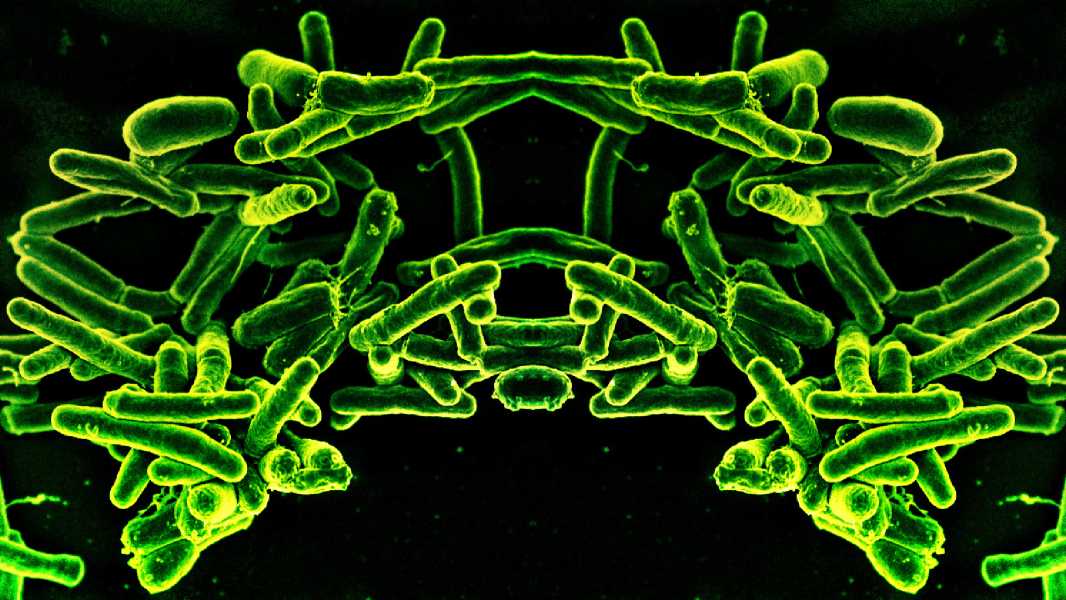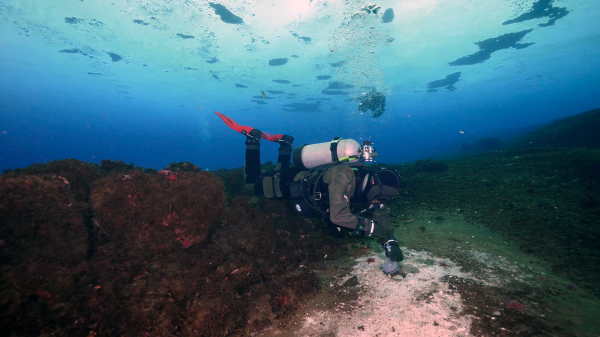
(Image courtesy of NIAID)
When you look in a mirror, your reflection is you, but with all your characteristics completely inverted. This demonstrates a phenomenon that is also observed in the microscopic world of molecules.
Some molecules exist as mirror images of themselves, called “enantiomers,” which cannot be superimposed on each other. This concept is known as chirality or “handedness.” It is important because mirror images of the same molecules can have very different effects and serve different functions in biology.
A group of 40 leading scientists warned in the journal Science that within the next decade it could be possible to create entire mirror-image life forms that are made up of these enantiomers, particularly in microbial life such as bacteria. This poses a real threat, they argue.
Scientists suggest that “mirror bacteria” could evade the human immune system, causing dangerous infections. Such infections could also displace a significant portion of plant and animal species, completely disrupting the ecosystem.
Mirror image molecules are structurally identical, just as your left and right hands are structurally similar and can perform exactly the same functions. These molecules also have completely identical chemical properties – but for unknown reasons, nature chooses to create life from only one version of these molecules.
For example, amino acids are left-handed and sugars are right-handed. The DNA molecule is a right-handed helix.
This selective chirality determines how molecules interact in living systems. It affects how drugs and enzymes (biological catalysts that speed up reactions) work in our bodies, as well as how we perceive flavors and aromas. For example, the molecule carvone can smell like either mint or caraway, depending on which “mirror” version of the molecule you get that aroma from.
Other mirror molecules can have far more serious consequences. The drug thalidomide comes in two forms. One is an effective treatment for morning sickness; the mirror version causes devastating birth defects.
The question arises: what if we could create biological molecules that exist on the other side of the mirror? The driving force behind this research is partly curiosity, but it also has practical applications.
Medical treatments are increasingly based on biological molecules such as peptides (small fragments of proteins), which can be used to treat cancer. But despite their effectiveness, natural proteins and peptides face a major limitation: they are quickly broken down in the body.
This is because the enzymes in our bodies that evolved to break down biological molecules for recycling are very efficient at targeting natural peptides. Therefore, these cancer treatments may require frequent dosing to ensure they are effective.
However, similar peptides made from mirror amino acids would likely not be recognized by these degradation systems, but could still be engineered to fight cancer. And creating these mirror biological molecules is already a reality: we have developed DNA reflections, fully functional “mirror enzymes,” and more.
The risks of mirror life
The potential advantages of mirror molecules are very attractive. An obvious next step would be to create completely mirror organisms, composed entirely of molecules that are reflections of their natural counterparts.
There are already research groups working on creating bacteria from scratch. In other words, they are trying to synthesize biological molecules and assemble them into functional cells.
While creating mirror bacteria from scratch will likely take another decade, there are already real concerns about the implications of this research. 40 scientists writing in Science express fears that mirror life, if it moves beyond the lab (and there are plenty of examples of it happening), could have disastrous consequences.
The most immediate problem is that mirror bacteria can evade the immune system of humans, animals and plants. Our immune defenses are based
Sourse: www.livescience.com





